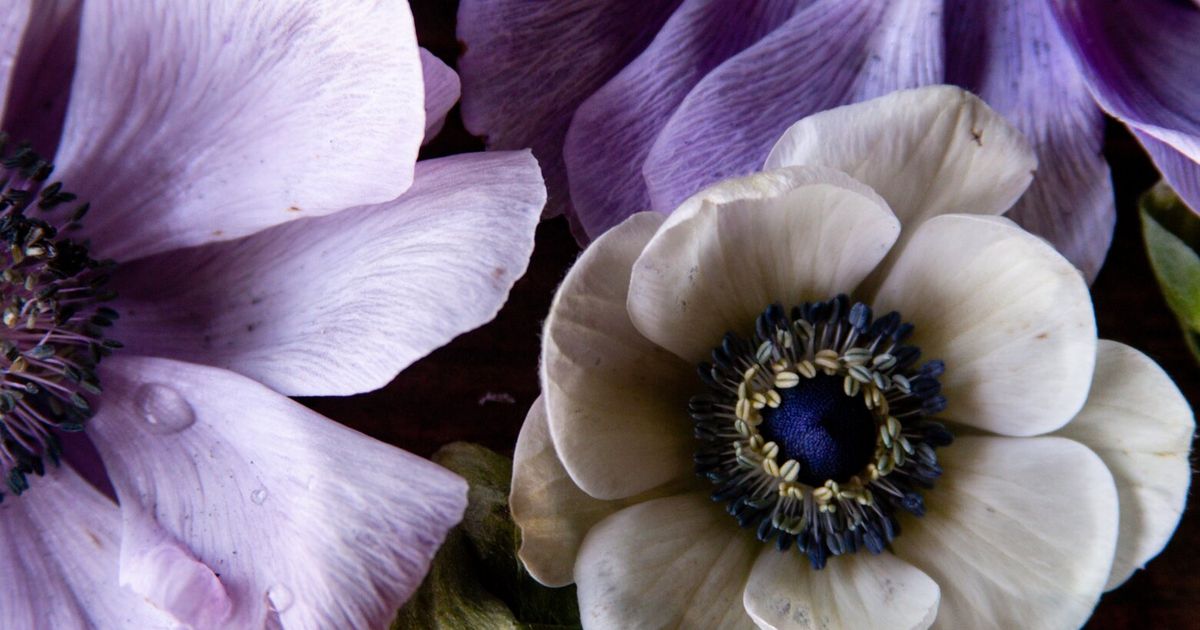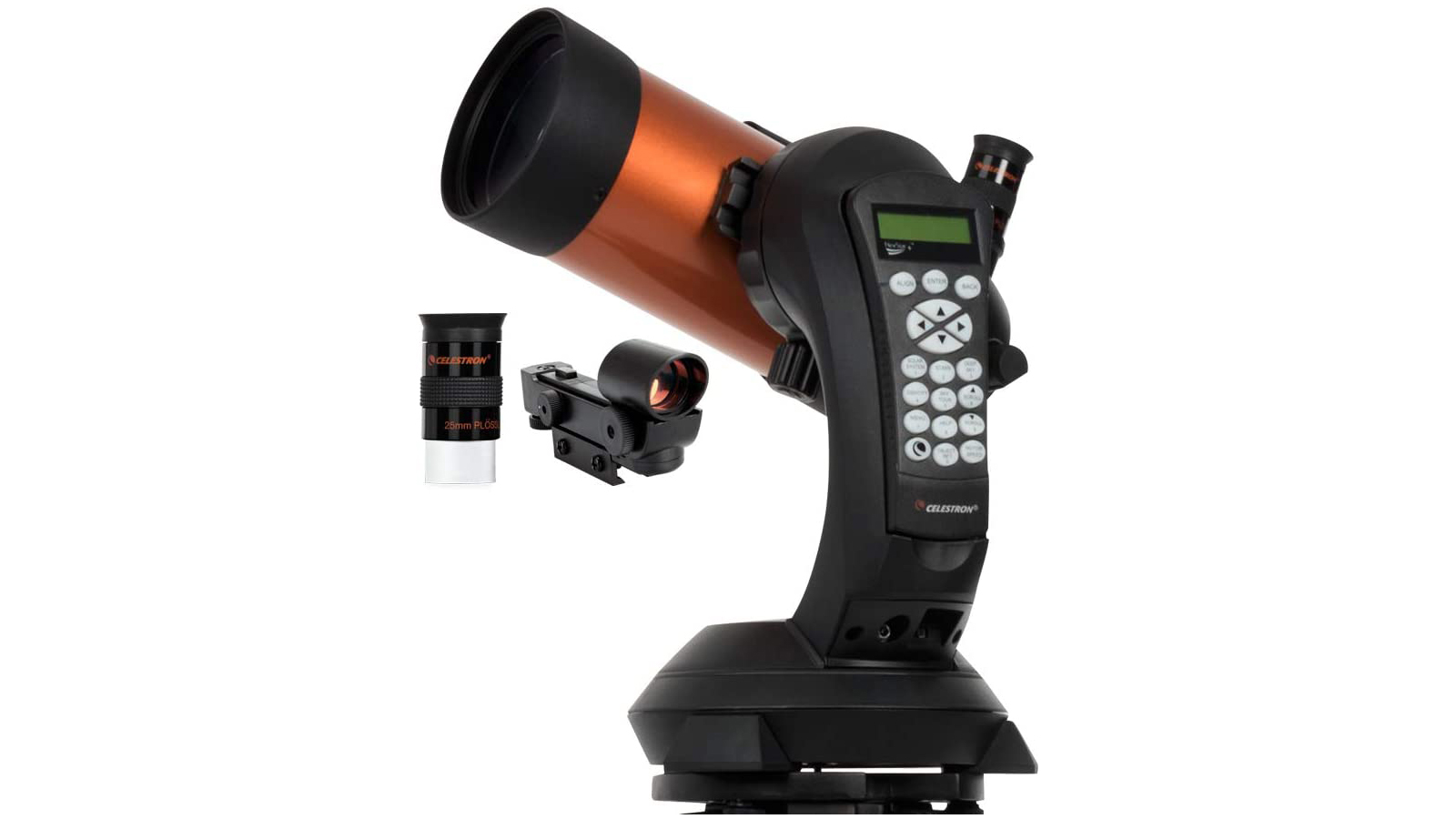The vibrant blooms of anemone and ranunculus are beloved symbols of spring. Anemones come with open faces or fluffy double petals, coming in various colors from rich jewel tones to soft pastels. On the other hand, ranunculus flowers, also known as the rose of spring, feature multiple layers of cupped petals and are available in warm fruity colors, such as raspberry pink, pale melon, and lemon yellow. Anne Long, the owner of The Dahlia House flower farm in Skagit Valley, highly recommends anemones and ranunculus for every garden in the Pacific Northwest, calling them “luxury blooms for busy people.” She emphasizes the importance of selecting robust Italian varieties that are bred to withstand a wide range of temperatures. The climate significantly affects the growth seasons of anemones and ranunculus. Anemones can endure temperatures as low as the teens and start growing actively in late winter when temperatures hit 40 degrees. Ranunculus, on the other hand, can tolerate temperatures down to 26 degrees and typically start growing a bit later, at around 50 degrees. In terms of the end of the season, anemones become dormant when the thermometer reaches 70 degrees, while ranunculus can continue blooming until temperatures reach 80 degrees. The cool spring weather in the region is perfect for producing flowers for up to eight weeks, but the bloom season can be shortened by occasional spring heat waves. Anemone corms and ranunculus corms may not look promising at first glance, with the former resembling a wrinkled acorn and the latter resembling a tiny, shriveled octopus. However, after a brief soak in room temperature water for three to four hours, the corms swell up and can be planted in a sunny area of the garden. Long recommends shallow planting, with anemones at 2 inches deep and ranunculus at 1 inch deep. Since the plants are heavy feeders, she advises applying plenty of compost and a balanced organic fertilizer in the fall and early spring. Blooms are expected to appear approximately 12 weeks after planting in the spring. If there is a lag in blooming halfway through the season, an additional feeding can help reignite flowering. Presprouting the corms can lead to an even earlier bloom. A flat, nondraining seed tray filled halfway with moist potting mix can be used, with soaked corms positioned over the soil surface (spacing can be quite close). After adding more potting mix and placing the tray in a cool location, such as an unheated garage or basement, white threadlike roots will emerge in 10 to 14 days. Any corms showing signs of mold or rot should be discarded. In addition to their beauty in the landscape, anemones and ranunculus make excellent cut flowers, are prolific in their growth, and have a notably long vase life. To encourage longer stems, Long suggests spacing plants 4 inches apart and providing wind protection. While anemones can be harvested in bloom, ranunculus buds should be tested with a gentle squeeze before picking, as only the squishy ones, similar to marshmallows, are ready for harvest. While anemones and ranunculus are not appealing to deer, they are attractive to rabbits and slugs. Long recommends using Sluggo to combat slugs and suggests planting in raised beds at least 14 to 15 inches deep to deter rabbits. As for squirrels, Long refers to them as “ranunculus ninjas,” as they don’t eat the corms but may dig them up and carry them away. She advises safeguarding fresh plantings with a shallow layer of twigs and leaf mulch for a few weeks, removing it as soon as the plants begin to leaf out.
Lorene Edwards Forkner
is the author of “Color In and Out of the Garden,” Abrams Books, 2022. Follow along at ahandmadegarden.com.



![Android Auto 13.4 replace rolling out, provides colourful flare with Subject material You accents [Gallery] Android Auto 13.4 replace rolling out, provides colourful flare with Subject material You accents [Gallery]](https://9to5google.com/wp-content/uploads/sites/4/2024/01/Android-Auto-AI-cover.jpg?quality=82&strip=all&w=1600)










